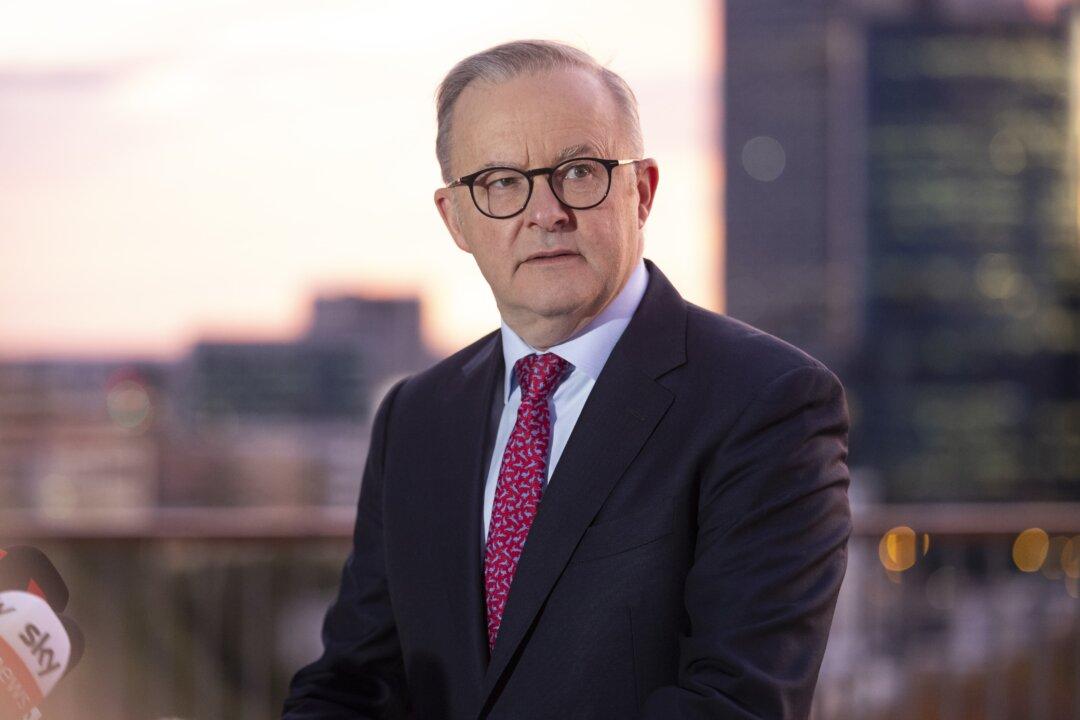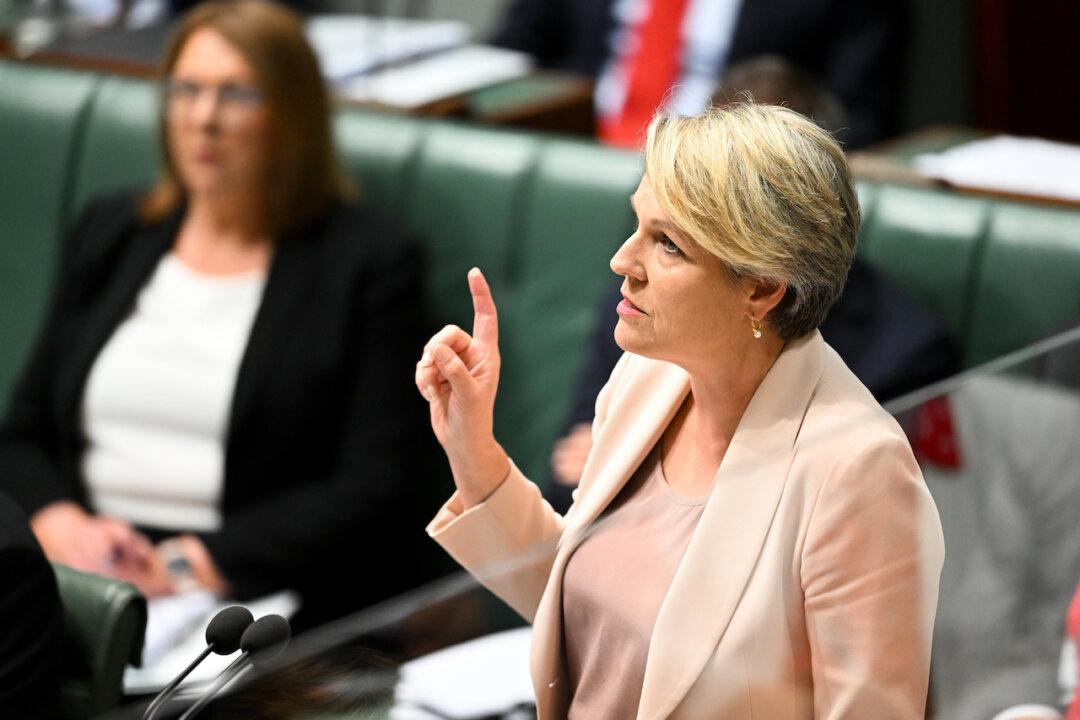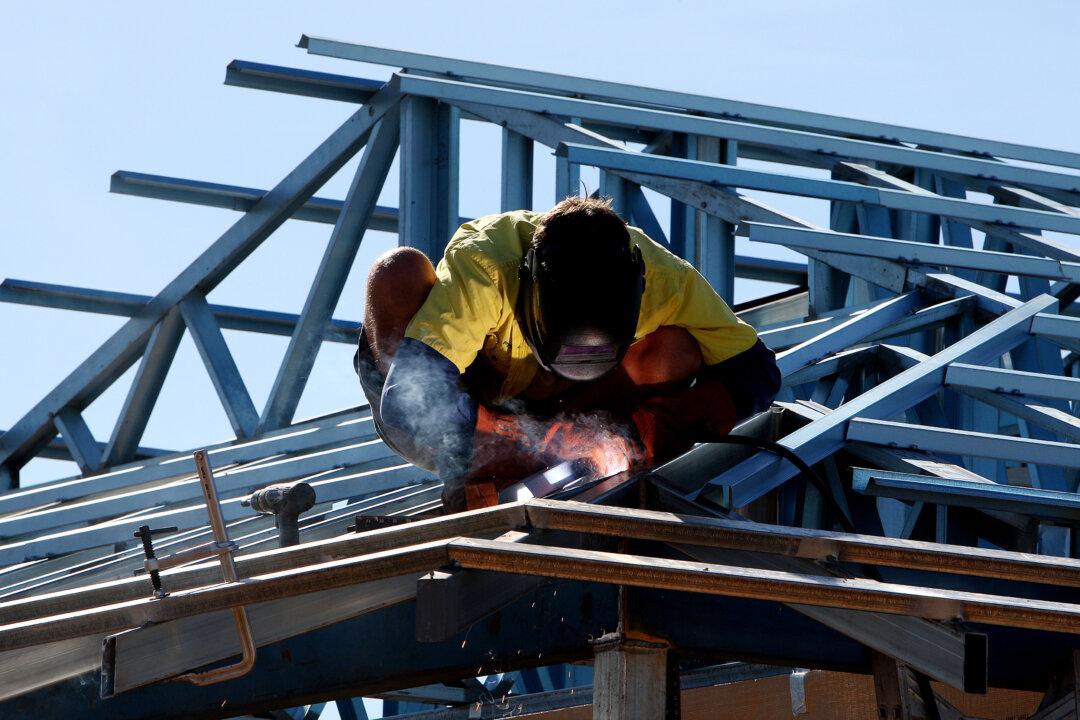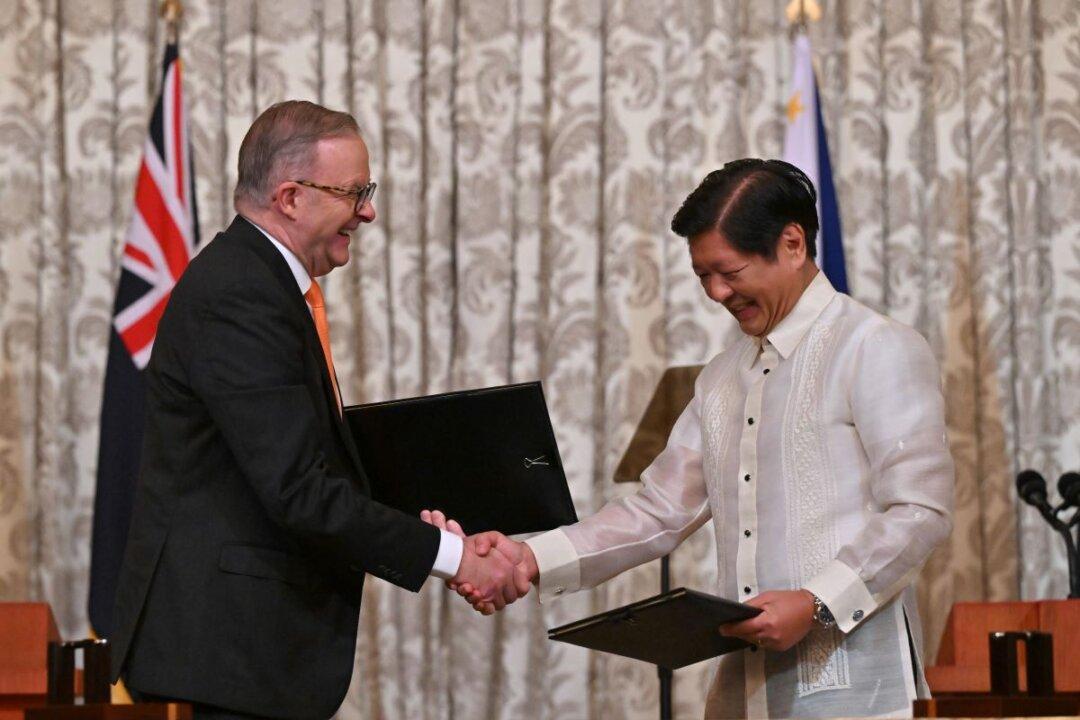Prime Minister Anthony Albanese has confirmed that the Australian government will spend $1.9 billion (US$1.3 billion) over the next three years to expand the support payments scheme that is offered to single parents.
Currently, the Parenting Payment Single (PPS) can only be accessed by parents whose youngest children are up to 8-years-old, transfering onto JobSeeker after the youngest dependent child turns eight.




